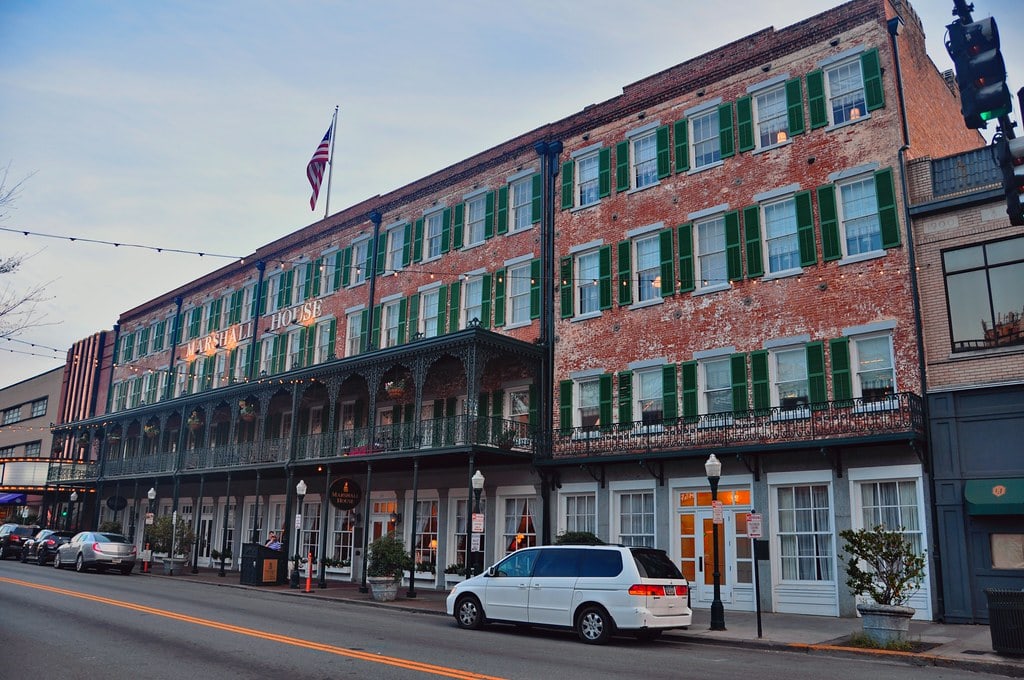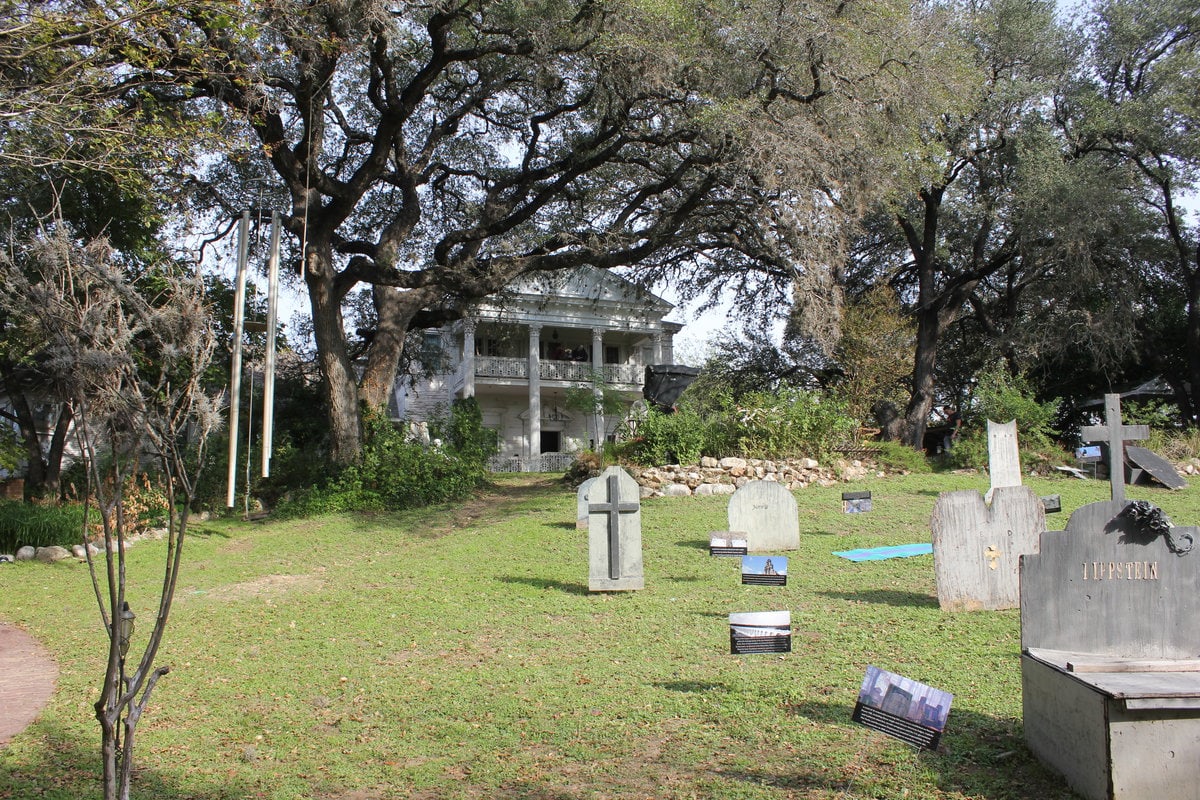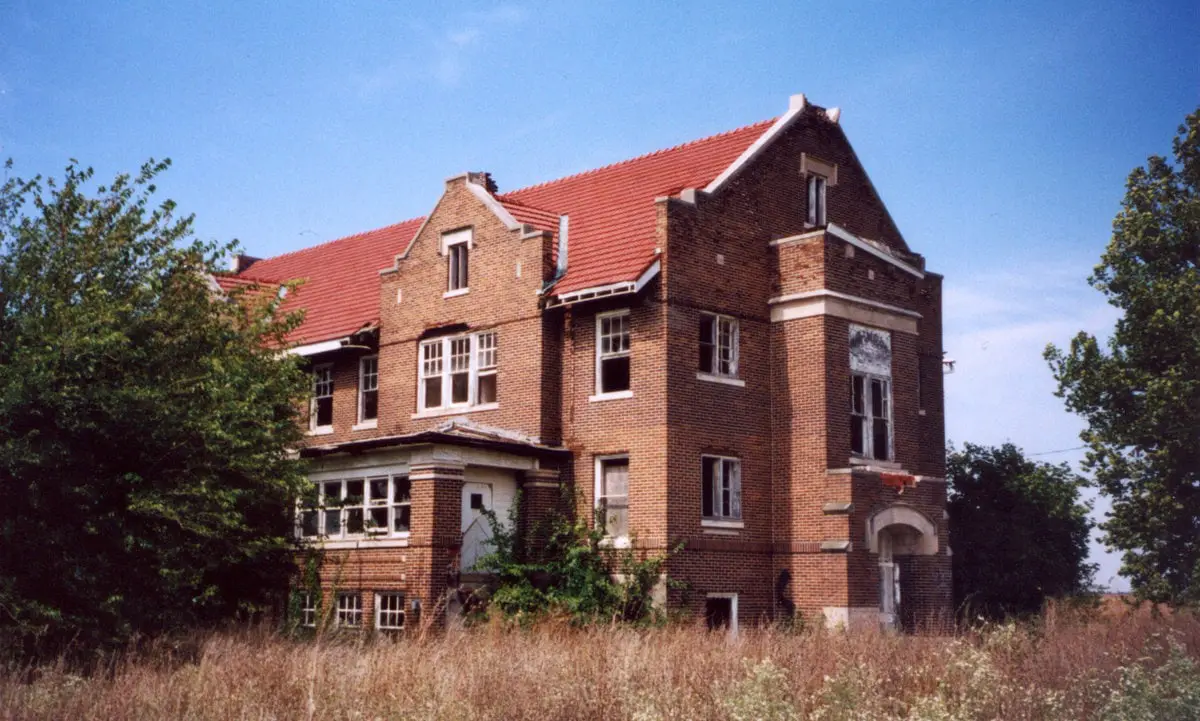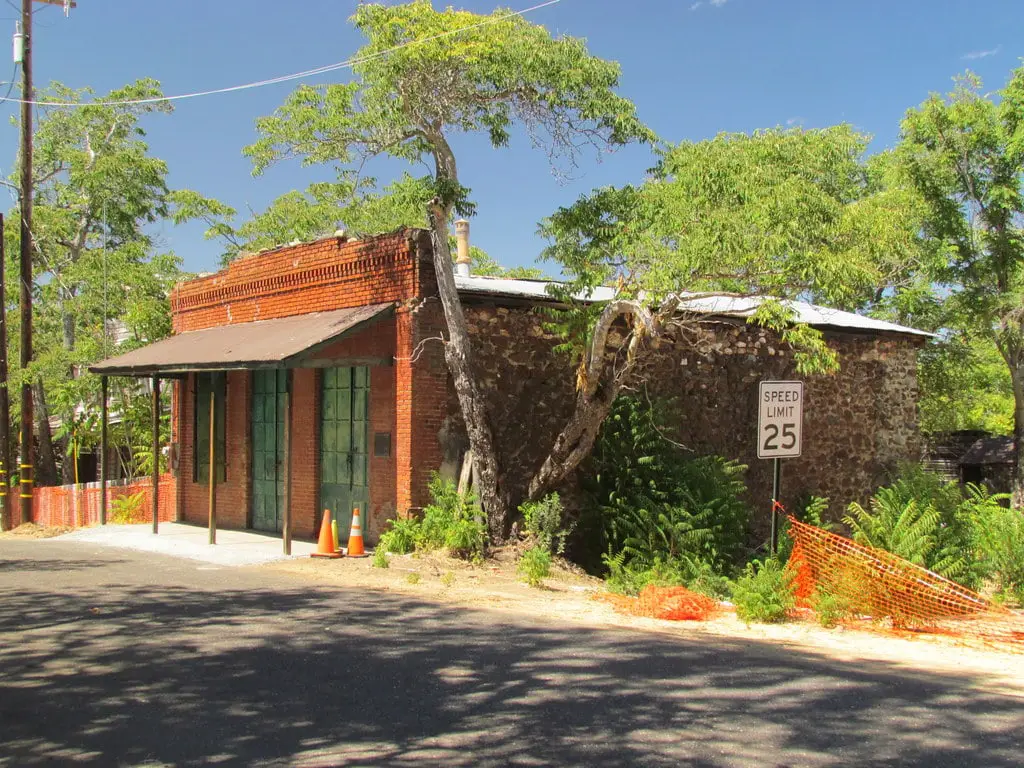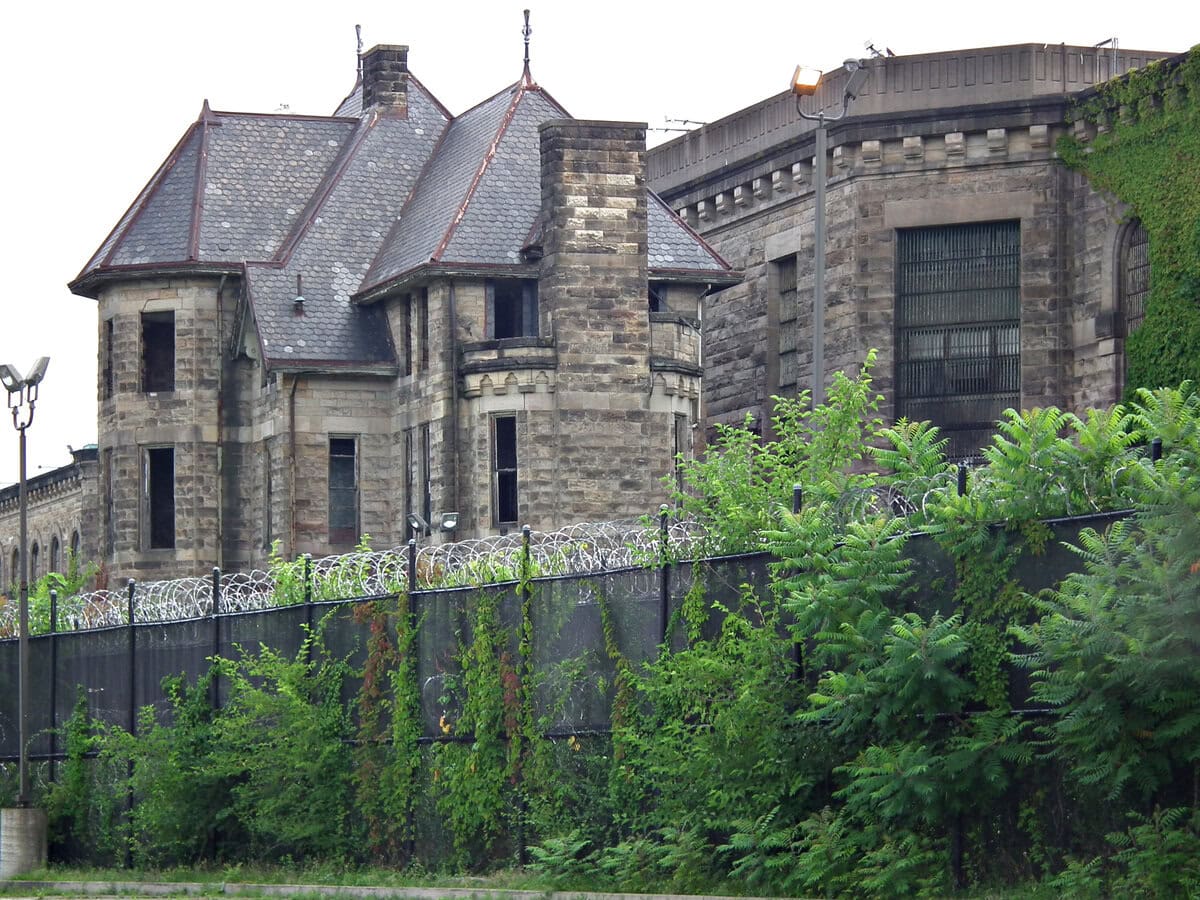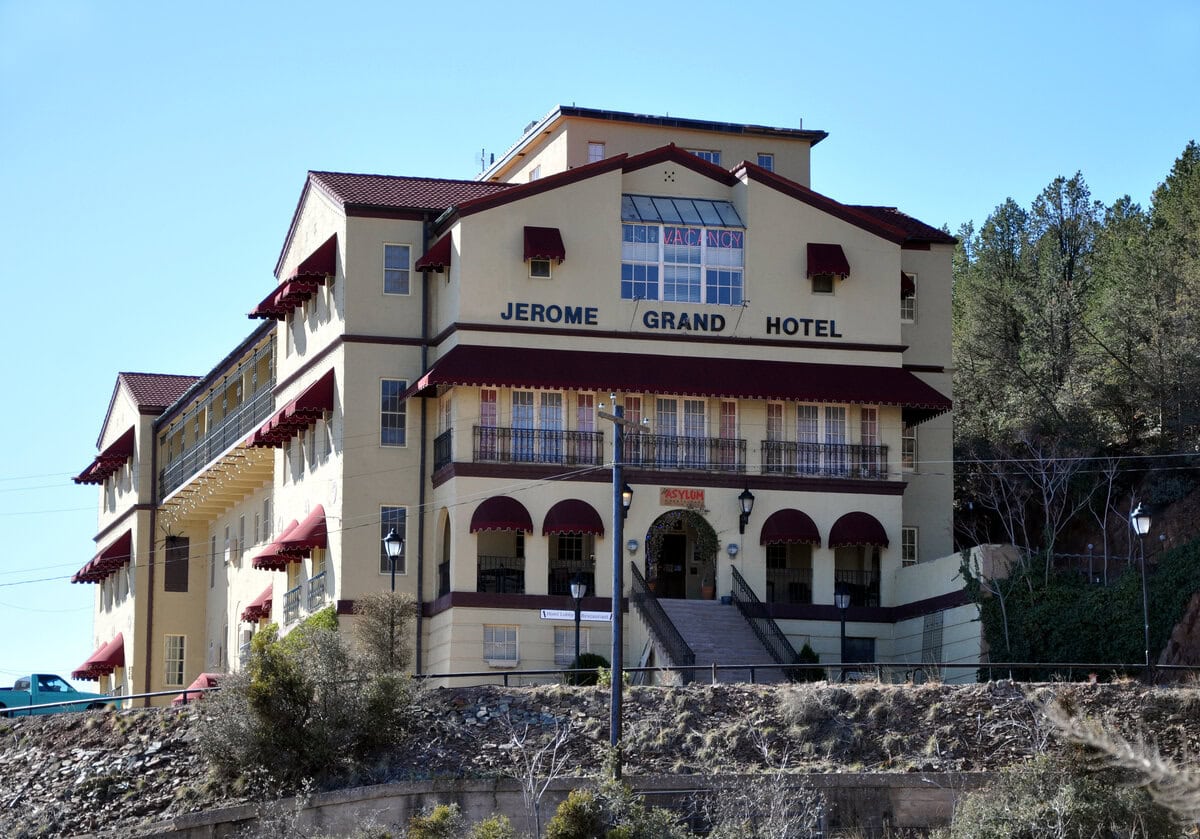Joliet Prison: A Fortress of Stone and Suffering
The prison rose from the Illinois soil like a monolith, its limestone walls quarried by the very men they would soon imprison.
Construction began in 1857, an endeavor of raw labor and cold efficiency. The state had deemed Alton Prison insufficient, too cramped and too lawless, so a new penitentiary was born.
Designed by architect William W. Boyington, Joliet Prison stands as a testament to punishment, a Gothic fortress where redemption is an afterthought.
By May 1858, the first convicts arrived, their chains rattling against the stone they were forced to shape.
Lorenzo P. Sanger, a contractor of merciless pragmatism, oversaw their toil. The work was relentless.
The air was thick with the dust of crushed rock, the bite of iron tools against stone echoing across the prairie.
By 1860, the last blocks were set, and the gates clanged shut behind those who had built them.
At its peak, the prison was the largest in the United States, a city within walls.
A hundred-foot cell house loomed over the yard, its rows of barred windows like empty sockets in a skull.
The air carried the acrid scent of sweat and damp limestone, of lives ground into the foundation.
The first warden, Samuel K. Casey, moved through the corridors with calculated authority.
This was not a place for reform. It was a machine of confinement, gears turning without pause.
During the Civil War, Union forces repurposed Joliet for Confederate prisoners, men in gray uniforms locked alongside thieves and murderers.
Some say their voices still linger in the oldest corridors, whispering bitter oaths beneath the iron beams.
Visitors today speak of cold spots in the western wing and sudden gusts where there should be none.
The stone holds memories, and it does not forget.
Even in its infancy, the prison carried whispers of suffering.
Joliet was no mere correctional facility, it was a weight pressing down on all who entered.
The walls bore witness to escape attempts, riots, and the slow decay of the human spirit.
And yet, it stands. A husk, yes, but not empty. Never empty.
For those seeking things to do in Joliet, Illinois, the prison doors are open once more.
Tours wind through the ruins, past rusted bars and crumbling towers.
Blood on the Stones: The Brutality Inside
Joliet Prison did not rehabilitate. It consumed. The walls, thick with the dust of crushed limestone, held in more than just men.
They held screams, desperation, and the stench of too many bodies in too little space.
By 1872, the prison swelled beyond control, 1,239 inmates crammed into cells meant for a fraction of that.
The air was thick with sickness and sweat.
There were no toilets, no running water, not in 1910, not even in 1920.
A prisoner's days were dictated by the clang of the iron doors, the gruel in his tin plate, and the unseen eyes that watched from the catwalks.
The guards did not fear the inmates. They feared the silence between punishments, the heavy quiet before a riot broke, it always did.
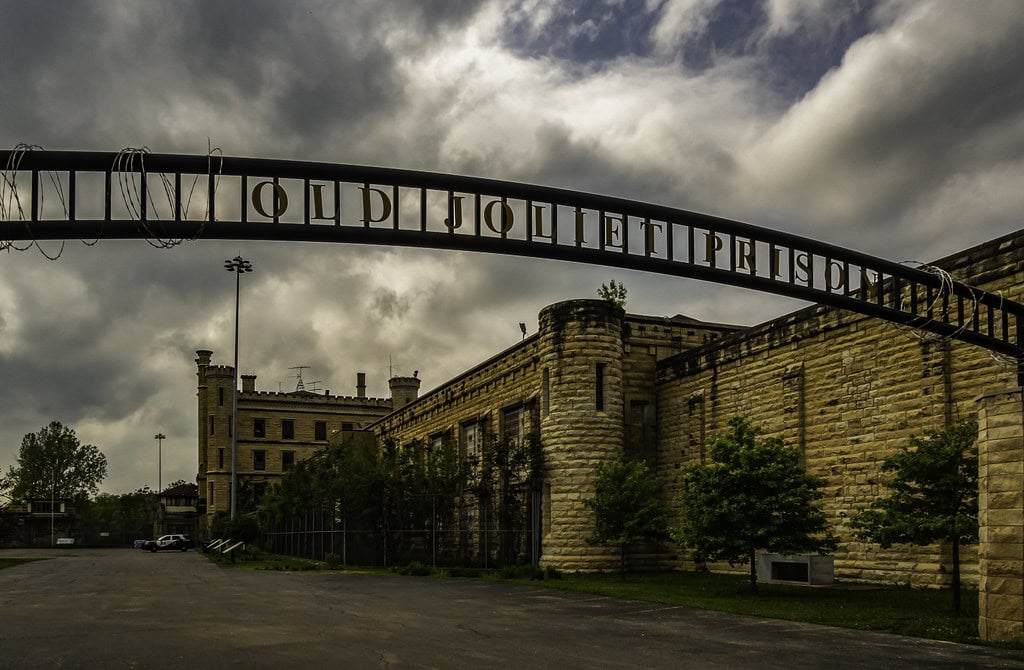
The worst came in 1975. By then, Joliet was ruled not by the state but by the inmates who had carved power from the institution's failure.
That year, a prison block fell to the hands of gang leaders, their grip on the facility stronger than that of the warden himself.
Hostages were taken. Demands were shouted. The floor ran slick with the blood of one who had tried to change things.
Beyond the riots, beyond the filth, there was something else, whispers in the solitary wing where men had lost their minds in the dark.
Guards, hardened by years of brutality, refused to walk the halls alone at night.
Some claimed to hear chains dragging, though no one was there.
Others reported the sound of breathing in empty cells.
Joliet was more than overcrowded. It was suffocating under the weight of its own past.
The Criminals Who Left Their Mark
Some of America's most infamous criminals passed through these gates.
Not all are left alive, but those who did leave changed.
Nathan Leopold and Richard Loeb, the "thrill killers" of 1924, were sentenced here.
Their arrogance turned to dust beneath the weight of the prison.
Loeb never made it out, slashed to death in the shower by an inmate wielding a straight razor.
Despite years inside, Leopold lived to see the world beyond Joliet's walls, but he never escaped its shadow.
In 1933, Lester Joseph Gillis, better known as Baby Face Nelson, walked out of Joliet, only to trade his prison cell for a bullet-ridden grave within a year.
Thomas Neill Cream, the Chicago poisoner, whispered confessions to unseen figures in his cell before he was transferred and hanged.
Yet some say not all of them left. Joliet's death row never existed in name, but executions were common, and punishments were swift.
And some never made it to trial. Fights in the yard, brutal revenge killings, suicides that left no notes, only stains on the stone.
The segregation unit, where the worst were kept, remains one of the prison's most feared sections.
Visitors today report voices echoing in Cellblock 5.
A low murmuring, like a conversation between the long-dead.
Some claim to have seen a shadow move past barred windows, a flicker of something that should not be there.
The most unsettling stories come from those who walk in, thinking themselves skeptics, and leave unable to explain what they have seen.
Abandoned But Not Empty
Joliet Prison did not close in a single moment. It rotted from the inside first.
By the late 1990s, the state could no longer ignore its decay, crumbling stone, rusted bars, a facility that had outlived its function.
The air inside thickened with neglect. Pipes burst, foundations cracked, and the walls, once built to contain, had begun to break.
In February 2002, the last prisoners were marched through its gates and transferred to the more modern and manageable Stateville Correctional Center.
The doors of Joliet Prison slammed shut.
For years, it sat in silence, except for the wind whispering through shattered glass.
The inmates were gone, yet trespassers found their way inside, explorers, vandals, thrill-seekers.
Some left graffiti, while others claimed they left with something else.
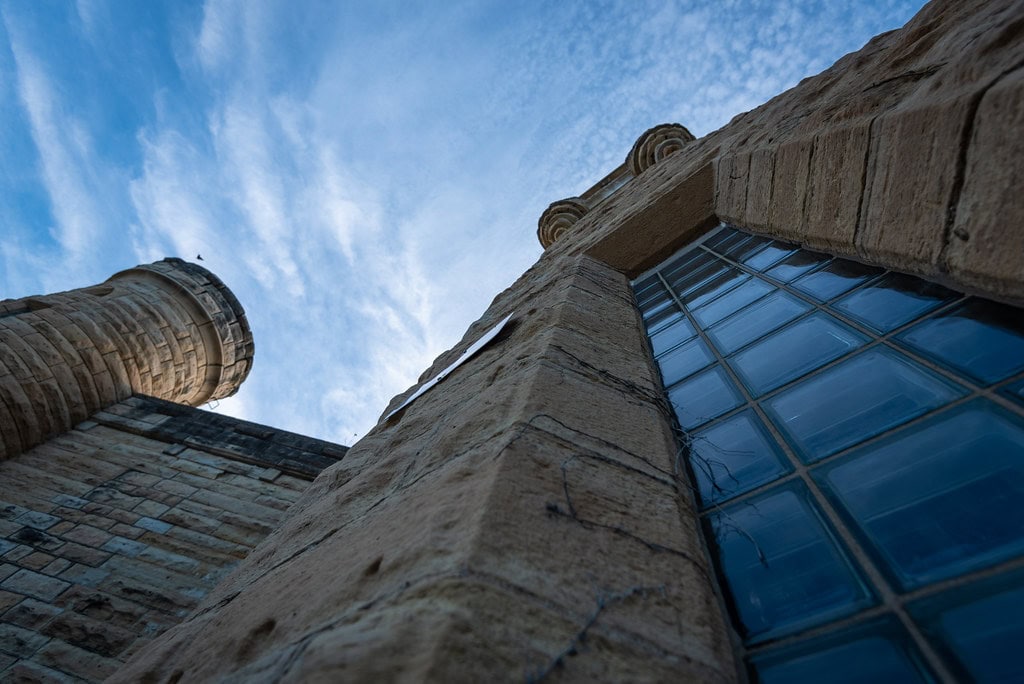
Footsteps followed them in empty hallways. Whispers rose from the old solitary cells, low and urgent, though no one could make out the words.
Shadows shifted in the periphery, vanishing when eyes focused.
Then came the fires, the first in 2009 and the next in 2017.
The old mattress factory burned first, flames licking at the sky, consuming history in its embers.
They said it was arson, though no one was caught. Another building followed. The prison refused to die quietly.
By 2018, the city had reclaimed it, turning its decay into a spectacle.
The Joliet Area Historical Museum took over, offering tours to those drawn to the weight of its past.
But even as visitors walk its paths, cameras slung over shoulders, there are places they avoid: the old segregation wing, the underground tunnels, and the corridors where, some say, the air is too thick, too charged, too aware.
The Haunted Present: Tourism and Legends
Curiosity pulls people back to Joliet Prison.
They come in daylight, when the sun dulls its menace, when guides lead them through the ruins, pointing out where the infamous once stood.
But night tells another story.
The official haunted tours began soon after the site reopened.
Guests expect to be frightened.
They whisper about what they have read, about the inmate who hanged himself in the old chapel, about the shadows that gather in Cellblock 3.
Some laugh and others clutch their flashlights a little tighter.
The moment they step inside, the temperature shifts.
There are cold pockets where there should be none, a flickering bulb that shouldn't still have power, and the feeling that someone is just behind them, watching.
The most infamous stories circle the segregation wing.
Tour guides warn visitors not to stray, but some do anyway.
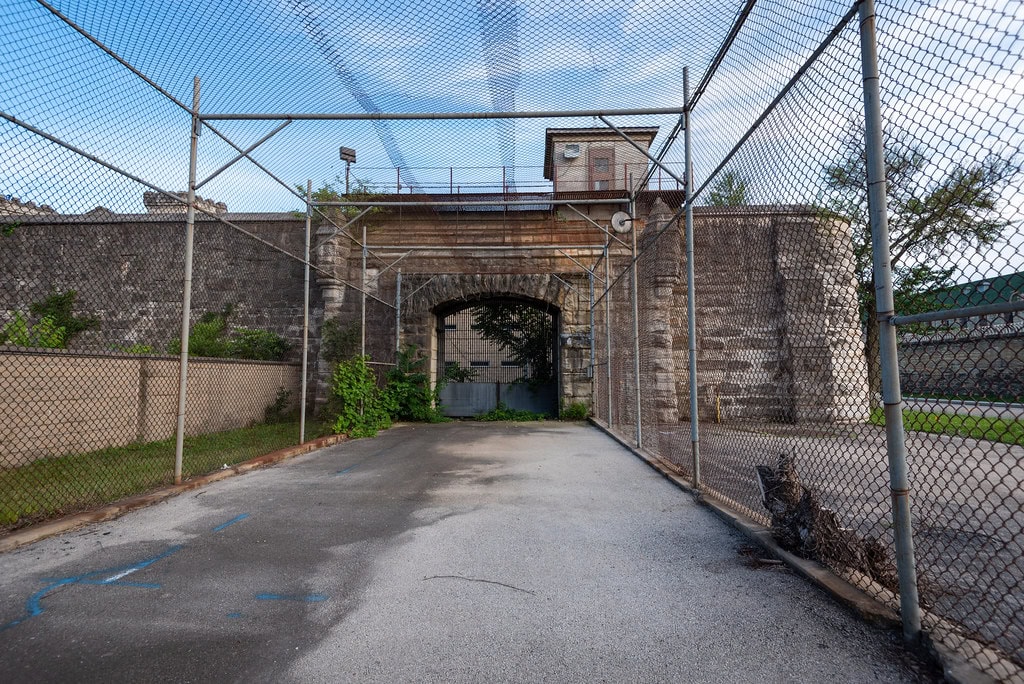
They return pale, their voices unsteady. They speak of a presence in the darkness, something unseen but undeniable.
Some claim they hear footsteps trailing them, boots on old stone, stopping the moment they turn.
Others describe the pressure, the sudden, breath-stealing weight of being watched by something not quite human.
The stories stretch beyond the tours.
Workers closing up for the night hear voices in the administration building, murmured conversations that stop when they step closer.
Cameras fail in certain rooms, and batteries drain without explanation.
In the warden's quarters, visitors report the scent of perfume lingering in the air, though no one has worn it for decades.
Joliet Prison has become an attraction, its history sold in tickets and guided walks.
But not everything here is contained. Not everything stays behind bars.

